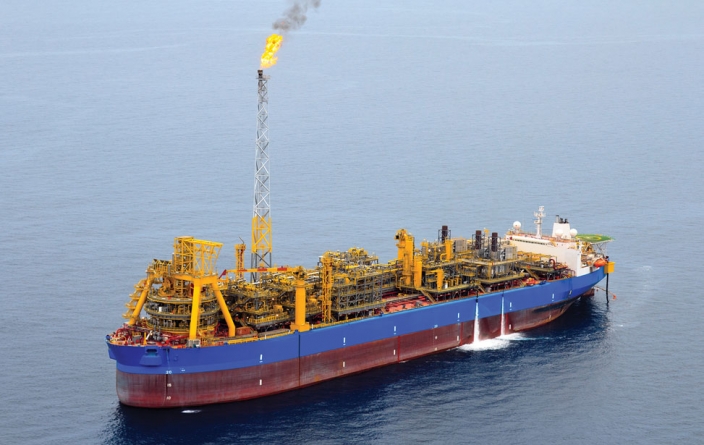ExxonMobil increases daily production at Liza Destiny to 105,000 barrels per day
Hess Corporation, which holds a 30 percent working interest in the Stabroek Block, was pleased to inform its shareholders on Wednesday that production rates at the Liza Phase One Project have increased to 105,000 barrels of oil per day.
Prior to this disclosure, the nation was only aware that production hovered around 80,000 to 90,000 barrels of oil. This was the case up to last month.
The company revealed, however, that the new rate of production was constant for the last few weeks while adding that in the third quarter, gross production averaged 63,000 barrels of oil per day or 19,000 barrels of oil per day net to Hess.
The oil exploration and production company acknowledged that mechanical issues plaguing the gas compressor system for the Liza Destiny vessel is what prevented the oil ship from reaching its full capacity of 120,000 gross barrels of oil per day.
The company said: “It is important to note that the delays in commissioning the gas injection system are mechanical in nature, and the reservoirs and wells continue to deliver at, or above, expectations…”
While the compressor system remains faulty, ExxonMobil remains forced to burn gas which releases toxic chemicals into the atmosphere.
Kaieteur News, by way of extensive research, would have shown how gas flaring contributes to climate change, which has serious implications for the world.
The Department of Mechanical Engineering at the University of Ibadan, Ibadan, Nigeria, was keen to note in one of its studies that gas flaring is actually a major source of greenhouse gases (GHG) contributing to global warming which could accelerate the problem of climatic change and harsh living conditions on earth, if not checked.
The Department also notes that there are over 250 toxins released from flaring including carcinogens such as benzopyrene, benzene, carbon disulphide (CS2), carbonyl sulphide (COS) and toluene; metals such as mercury, arsenic and chromium; sour gas with Hydrogen Sulfide (H2S) and Sulfur Dioxide (SO2); Nitrogen oxides (NOx); Carbon dioxide (CO2); and methane (CH4) which contributes to the greenhouse gases.
Conscious of the harmful effects of flaring, the Environmental Protection Agency (EPA) had forced the oil giant to cut back on its oil production at the Liza Phase One Project.
In June last, the EPA had said that the American super-major can only produce a maximum of 30,000 barrels of oil per day. In this way, ExxonMobil had less gas being produced which would eventually have to be flared.
Since last year Christmas to now, ExxonMobil has comfortably flared more than 11 billion cubic feet of gas offshore Guyana.






















